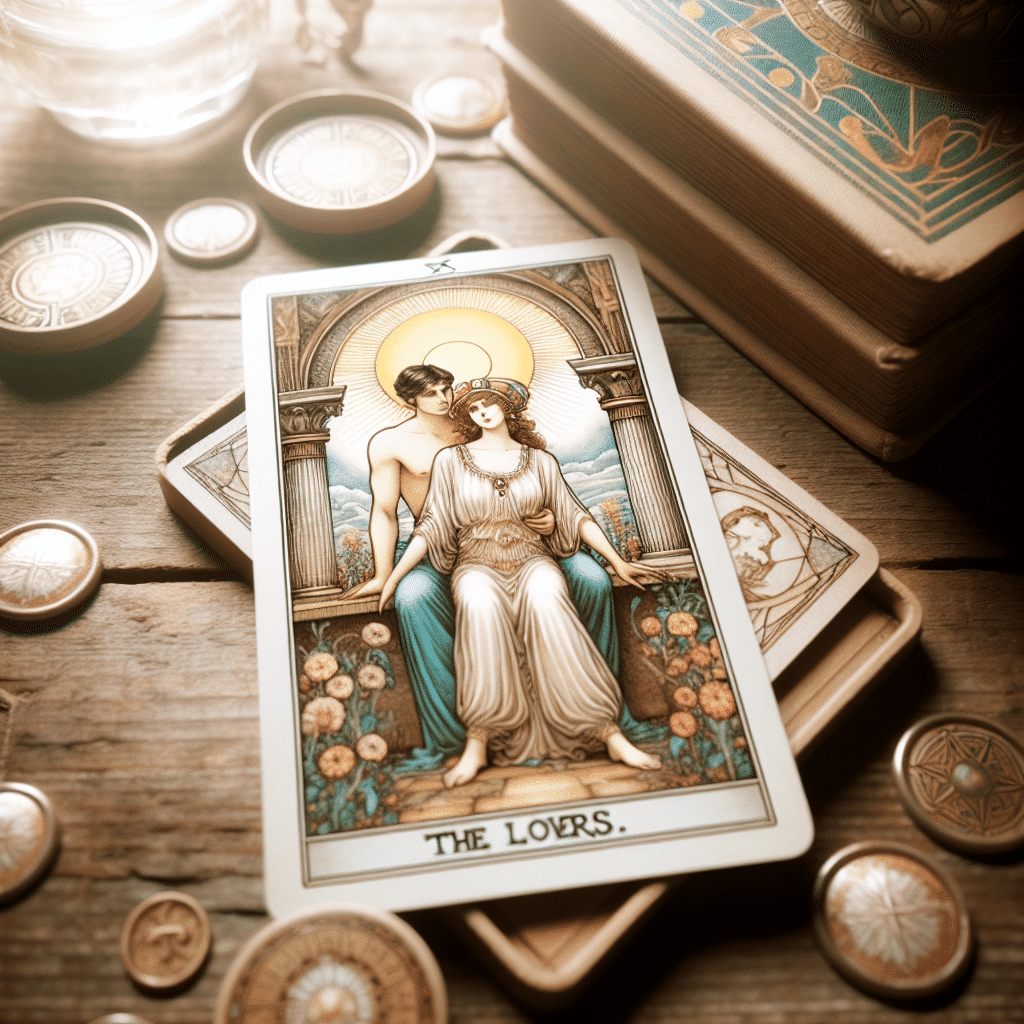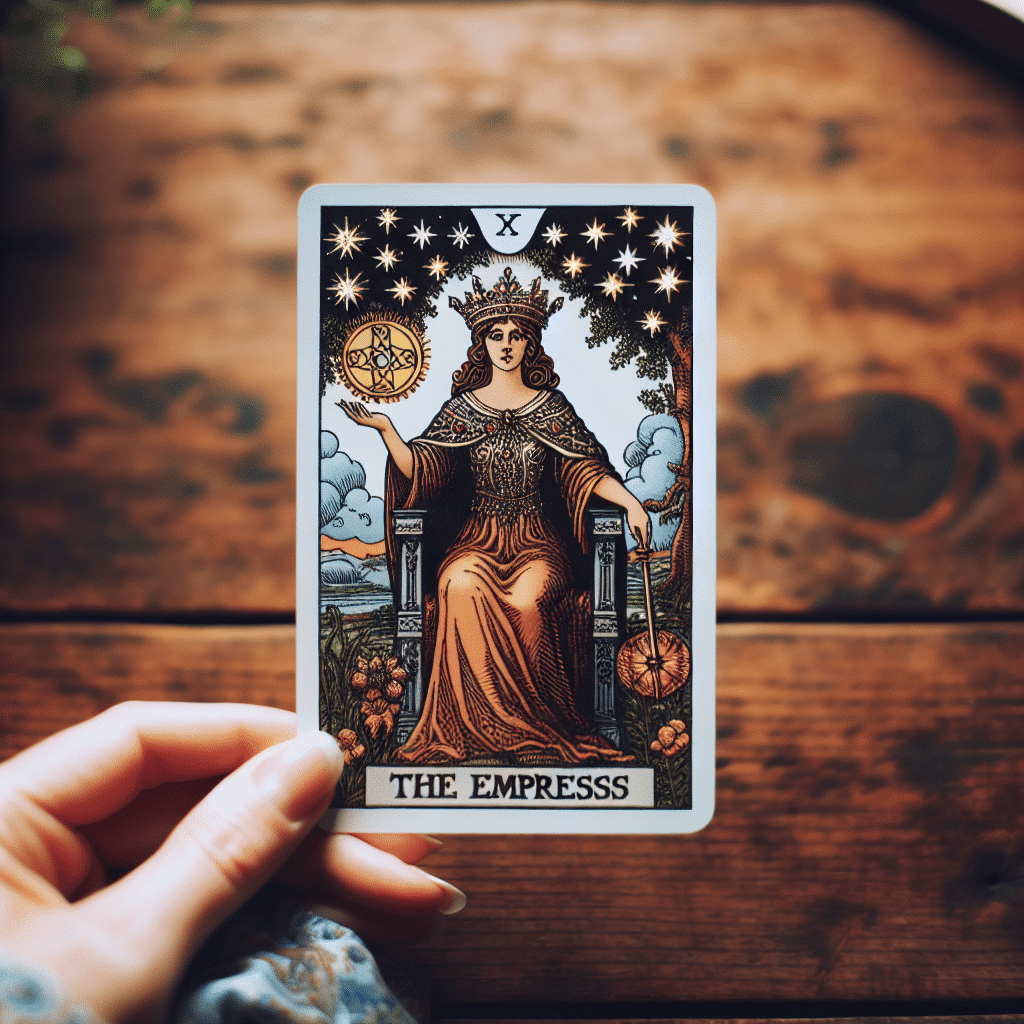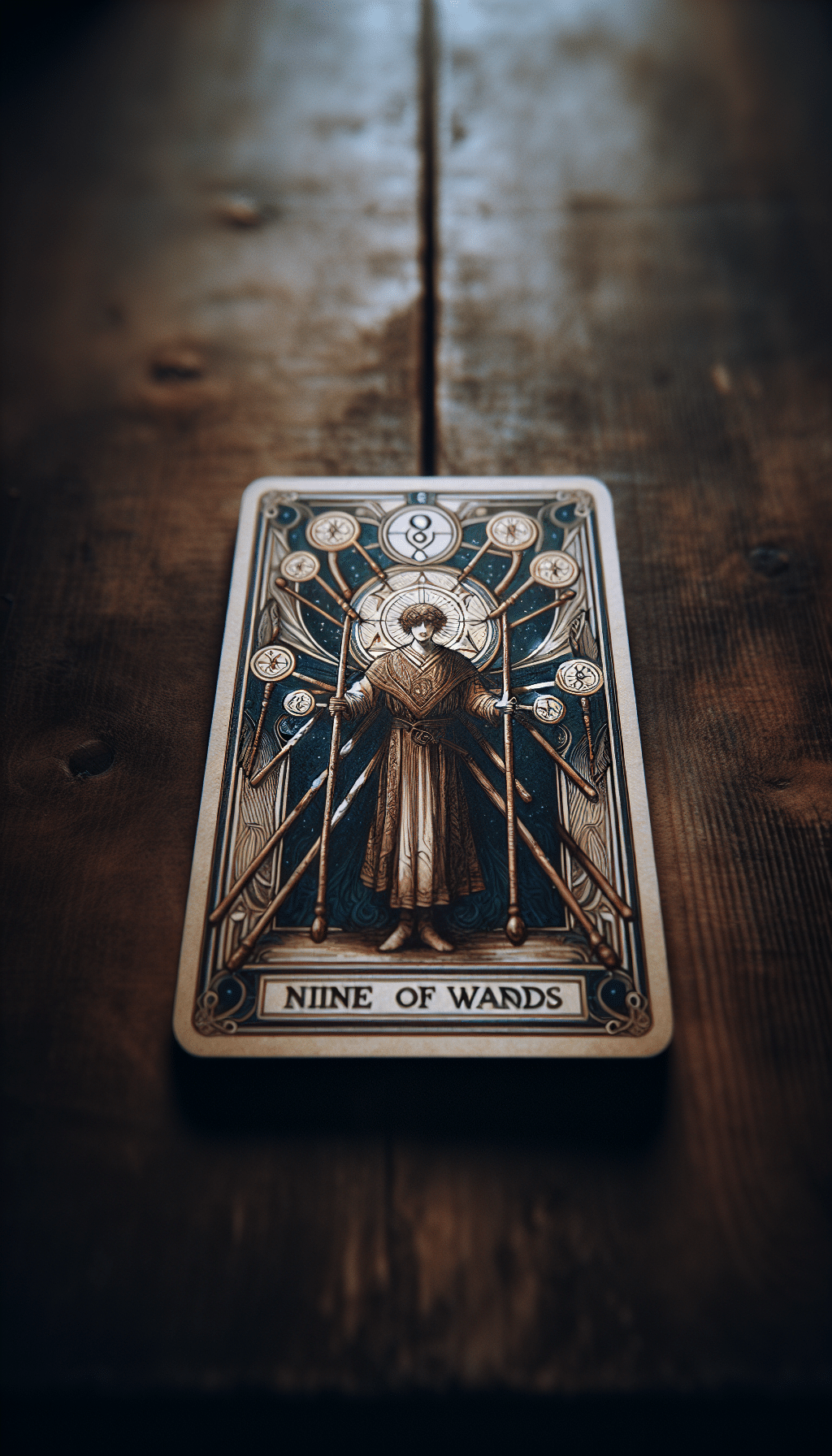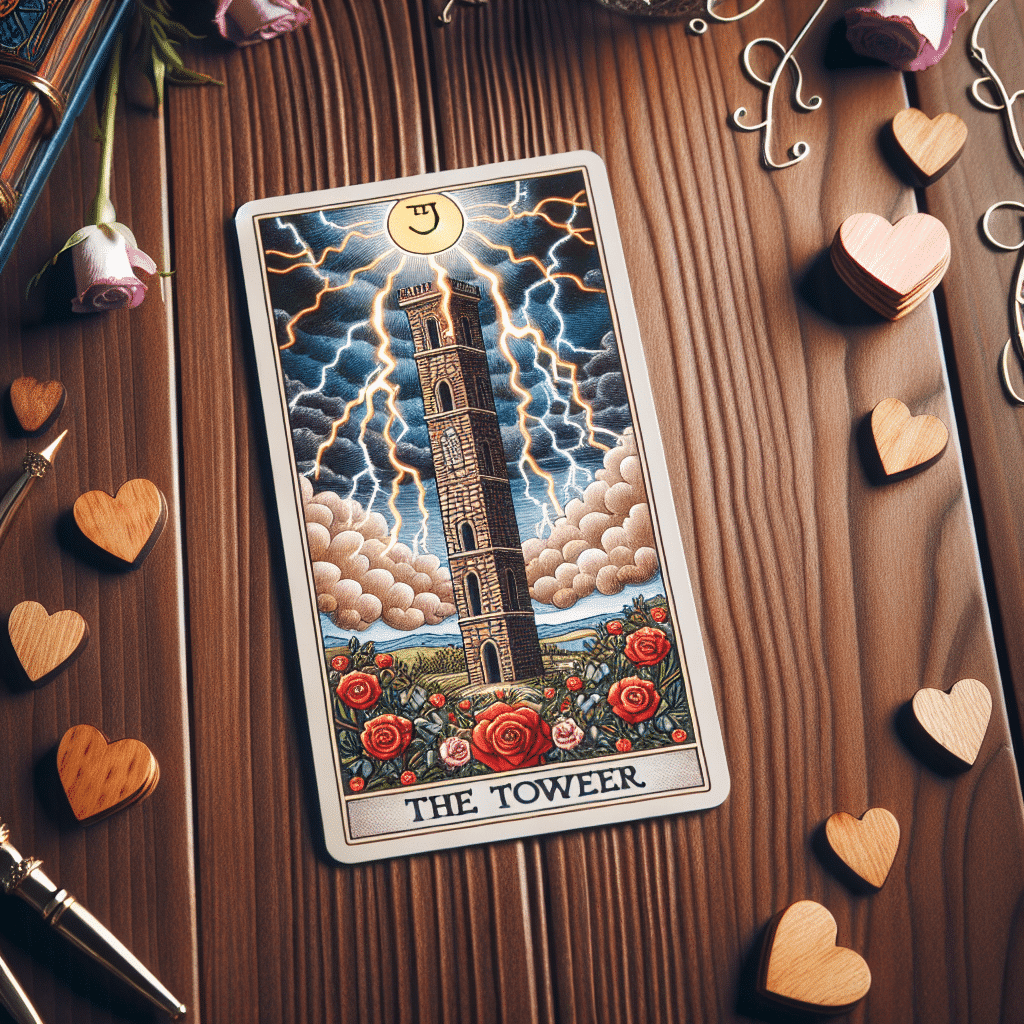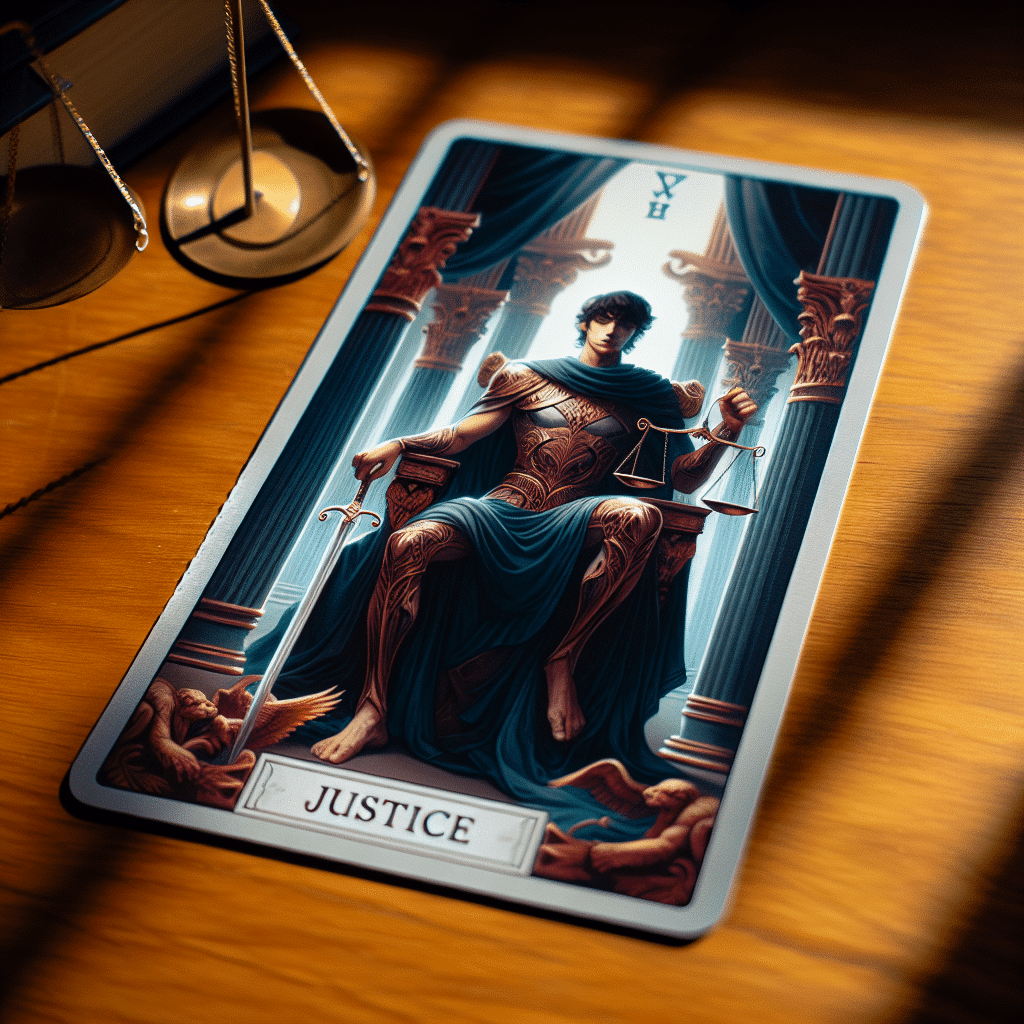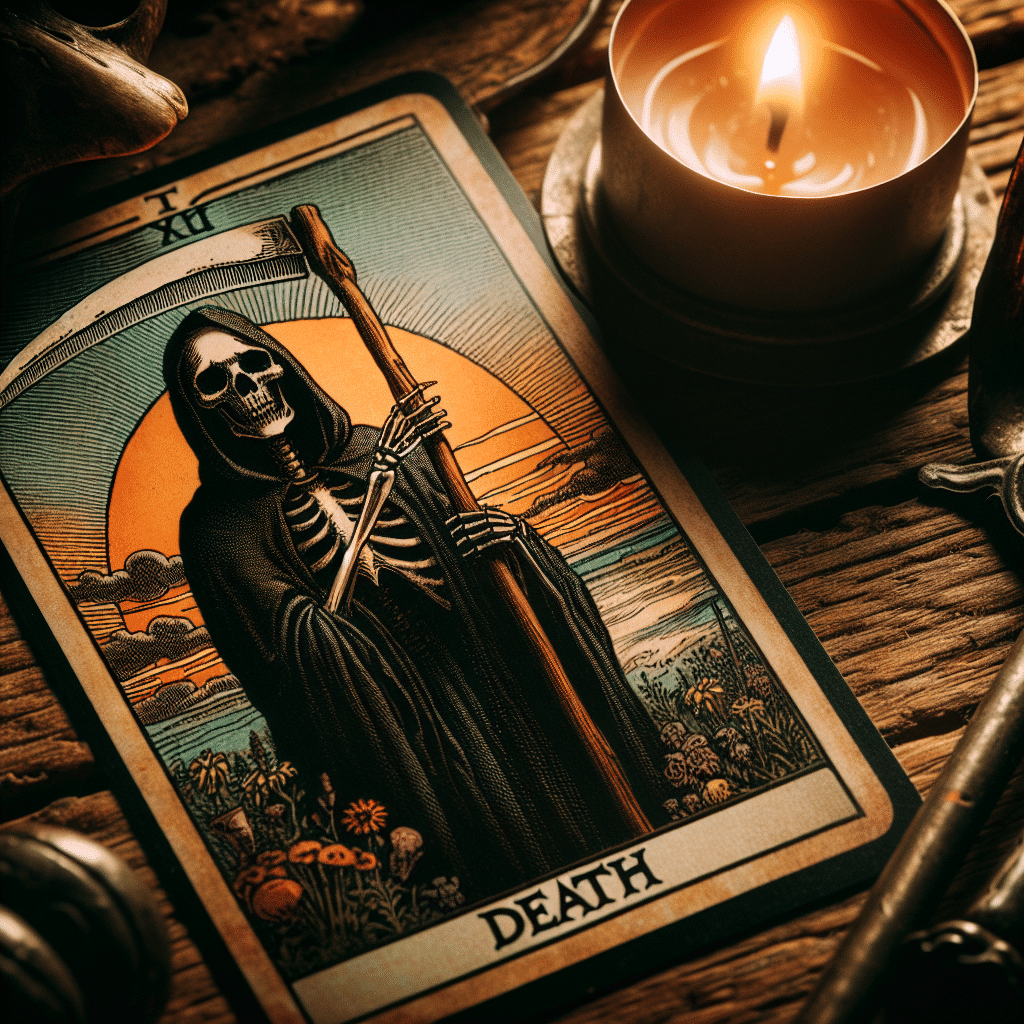
When the Death tarot card appears in a reading, it can evoke feelings of fear, but it actually signifies transformation and new beginnings. The Death card represents the end of a cycle and the start of something new, encouraging growth and change. Let’s delve deeper into the general meaning of the Death card and how it influences the past in tarot readings.
General Meaning of the Death Tarot Card:
The Death card is often misunderstood as a harbinger of literal death, but it symbolizes the end of a chapter or a transformation in one’s life. The imagery on the card typically includes a skeleton, symbolizing the inevitability of change and the cycle of life and death. This card is a reminder that endings are necessary for new beginnings and personal growth.
In tarot readings, the Death card can represent letting go of the past, embracing change, and approaching life with a fresh perspective. It encourages individuals to release what no longer serves them and make room for new opportunities and experiences.
Overall, the Death card is a powerful symbol of transformation, renewal, and rebirth.
Context of the Death Tarot Card
When the Death tarot card appears in past influences, it suggests that major transformations and endings have occurred in your life that have shaped your current circumstances. While the card may initially evoke fear or anxiety due to its ominous name and imagery, it’s important to understand that Death in tarot symbolizes more than just physical death. It represents the end of a chapter or cycle, making way for new beginnings and opportunities for growth.
In the context of past influences, the Death card may indicate that you have recently experienced significant changes or transitions that have led to the closing of certain chapters in your life. This could have been a breakup, a job loss, or a major life event that forced you to let go of the past and embrace the unknown.
Embracing change and letting go of the past can be challenging, but it is essential for personal growth and renewal. The Death card encourages you to release what no longer serves you and to trust in the process of transformation. By acknowledging and accepting the endings that have occurred in your life, you can pave the way for new opportunities and experiences to enter your life.
Reflecting on how the Death card has influenced your past can provide valuable insights into how you have navigated transitions and challenges. It can also offer guidance on how to approach current situations with courage and resilience. By embracing change and embracing new beginnings, you can harness the transformative energy of the Death card to create a more fulfilling and abundant future.
Variants of the Death Tarot Card
When it comes to tarot decks, the Death card may vary in its interpretation and imagery, reflecting different perspectives on change and transformation. While the core meaning of the card remains consistent, the symbolism and artistic representation can differ significantly.
Rider-Waite-Smith Deck
In the classic Rider-Waite-Smith deck, the Death card is depicted with a skeleton riding a white horse, symbolizing the inevitability of change and transformation. The figure holds a black standard featuring a white rose, representing new beginnings emerging from endings. This version of the Death card emphasizes the cyclical nature of life and the importance of embracing transitions.
Thoth Tarot Deck
Aleister Crowley’s Thoth Tarot deck offers a more esoteric interpretation of the Death card. In this deck, the card is associated with the zodiac sign Scorpio and the planet Pluto, highlighting themes of regeneration and rebirth. The imagery in the Thoth deck often features Egyptian symbolism and intricate details that invite deeper reflection on the transformative power of change.
Modern Interpretations
Contemporary tarot decks may present the Death card with unique twists that reflect the artist’s personal perspective. Some decks may choose to depict the card in a less ominous light, focusing on the positive aspects of letting go and starting anew. Regardless of the artistic choices, the Death card continues to serve as a powerful reminder of the impermanence of life and the potential for growth through endings.
Comparative Analysis
While the Death card is undeniably impactful in its symbolism, other tarot cards also carry themes of change and transformation. Cards like The Tower, Judgement, and The Hanged Man all offer insight into the cycles of life and the importance of embracing change. By exploring how these cards interact with the Death card in a reading, tarot enthusiasts can gain a deeper understanding of the transformative journey ahead.
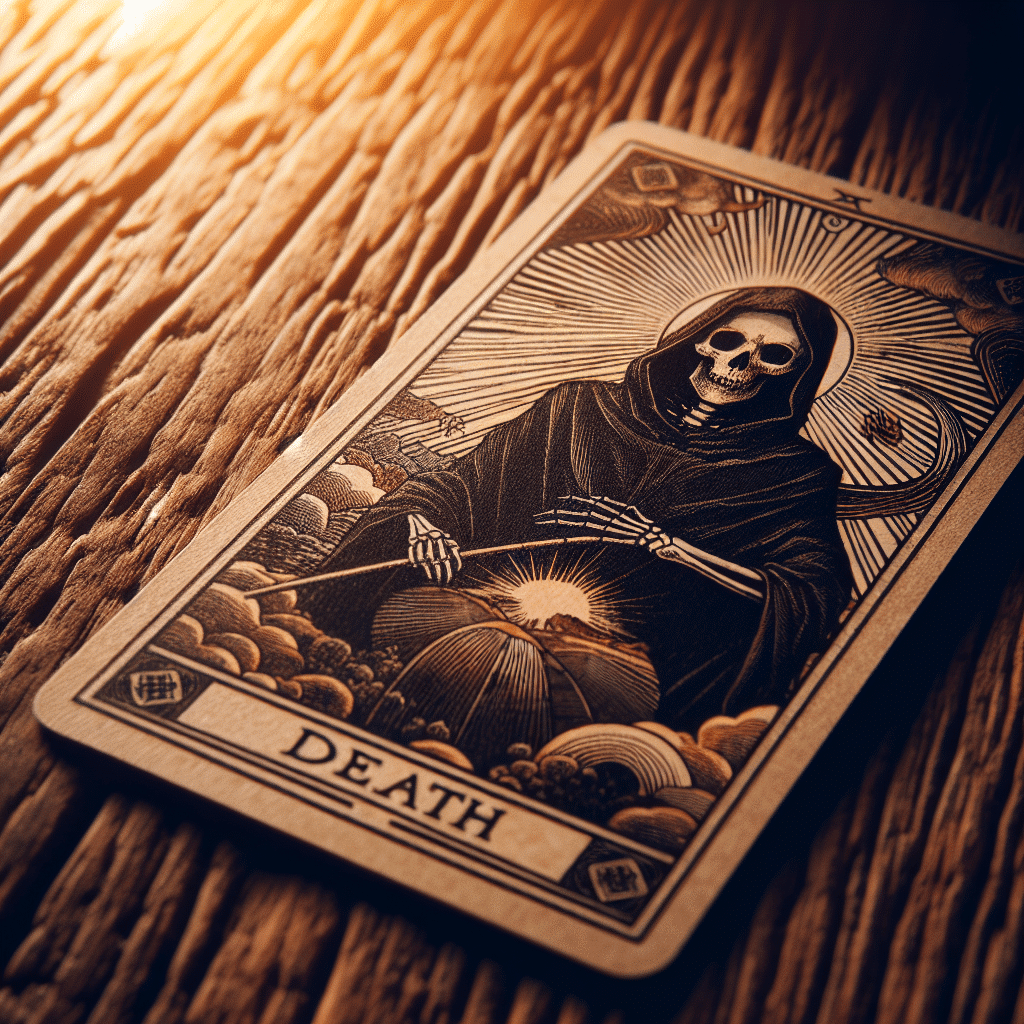
Advice from the Death Tarot Card
When the Death tarot card appears in a reading, it often signals a time of significant change and transformation. While the card may initially evoke fear or apprehension due to its association with endings, it is essential to understand that these endings are necessary for new beginnings to take place.
Guidance on accepting change
One of the key messages of the Death card is the importance of accepting change and letting go of the past. It urges us to embrace the inevitability of endings and view them as opportunities for growth and renewal. By acknowledging and releasing what no longer serves us, we create space for new experiences and possibilities to unfold.
Tips for navigating transitions
When faced with transitions or challenges represented by the Death card, it is crucial to approach them with courage and grace. Instead of resisting change, we are encouraged to flow with it and trust in the universe’s plan for our lives. This may involve letting go of attachments, beliefs, or relationships that no longer align with our highest good.
Embracing new opportunities
Despite its ominous name, the Death card is ultimately a card of rebirth and transformation. It reminds us that in every ending, there is the seed of a new beginning waiting to sprout. By embracing change and stepping into the unknown, we open ourselves up to exciting opportunities for growth, self-discovery, and personal evolution.
Final thoughts
As we navigate the twists and turns of life’s journey, the guidance offered by the Death tarot card can serve as a valuable compass, pointing us towards the path of transformation and renewal. By heeding its wisdom and embodying its lessons, we can navigate transitions with grace and emerge stronger, wiser, and more resilient on the other side.
The Influence of Death: How Past Tarot Cards Can Shape our Present
Exploration of Past Insights
Reflecting on past tarot readings, including the Death card, can offer valuable insights for navigating the present. The Death card represents transformation, letting go of the old to make way for the new. By revisiting past readings with the Death card, we can gain a deeper understanding of how we approached change and transition in the past, and apply those lessons to our current situations.
Guidance for the Present
Understanding the symbolism of the Death card can help us face challenges and transitions with courage and grace. Just as the Death card signifies endings and new beginnings, it encourages us to embrace change and transformation in our lives. By recognizing the cycles of growth and renewal represented by the Death card, we can approach present challenges with a mindset of adaptability and resilience.
Embracing Change
Embracing change is a central theme of the Death card, and by reflecting on past tarot readings that featured this card, we can learn to release old patterns and beliefs that no longer serve us. Through acceptance and surrender to the cycle of life and death, we can find opportunities for growth and transformation in our present experiences.
Navigating Transitions
Transitions can be daunting, but the Death card reminds us that each ending brings the potential for a new beginning. By looking back on past tarot readings with the Death card, we can gain insights into how we navigated transitions in the past and apply that wisdom to our current journey. With the guidance of the Death card, we can navigate transitions with patience, courage, and hope for the future.
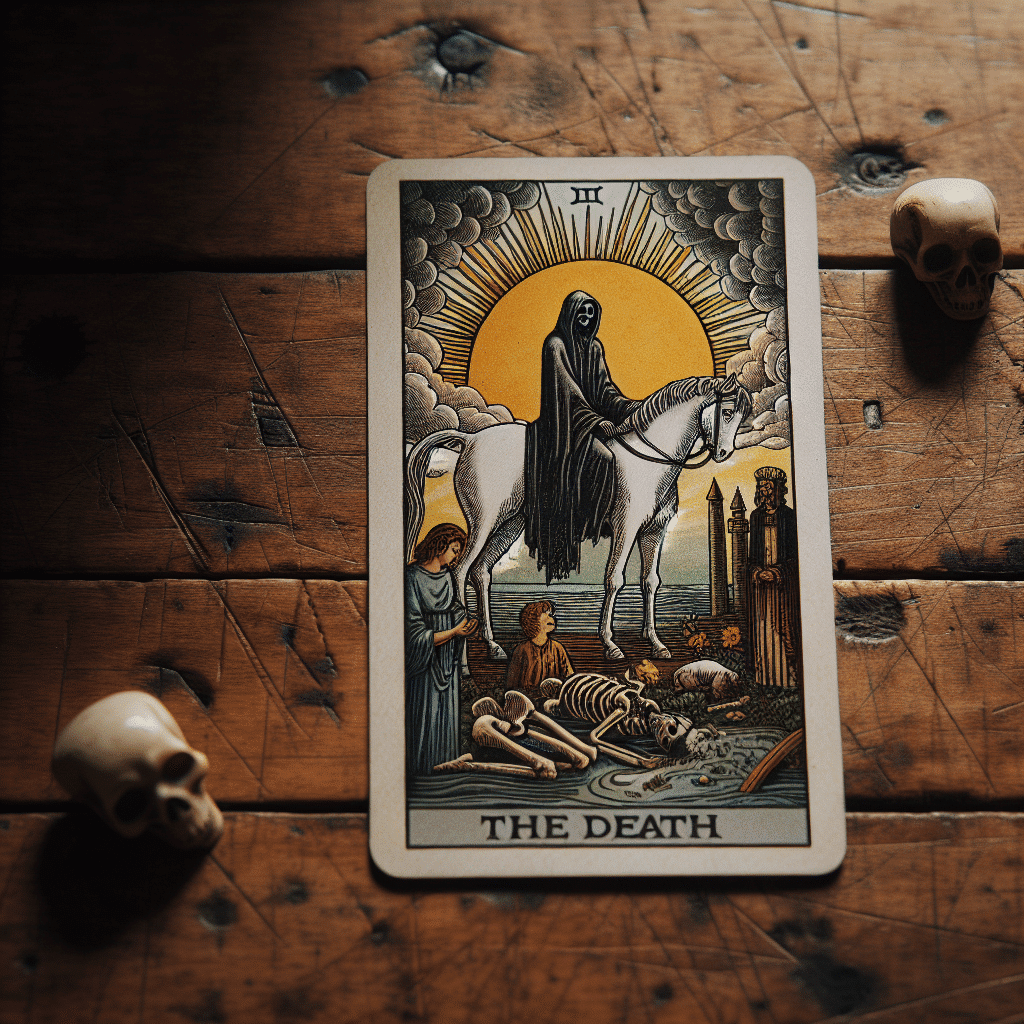
Summary:
Reflecting on the Death tarot card in past influences offers us a deeper understanding of how embracing change and transformation can lead to growth and renewal in our lives. By letting go of the past and facing endings with courage, we can pave the way for new beginnings and opportunities for personal development. The symbolism of the Death card serves as a reminder to navigate transitions with grace and to embrace the transformative power of change in order to evolve and flourish in our journey ahead.

